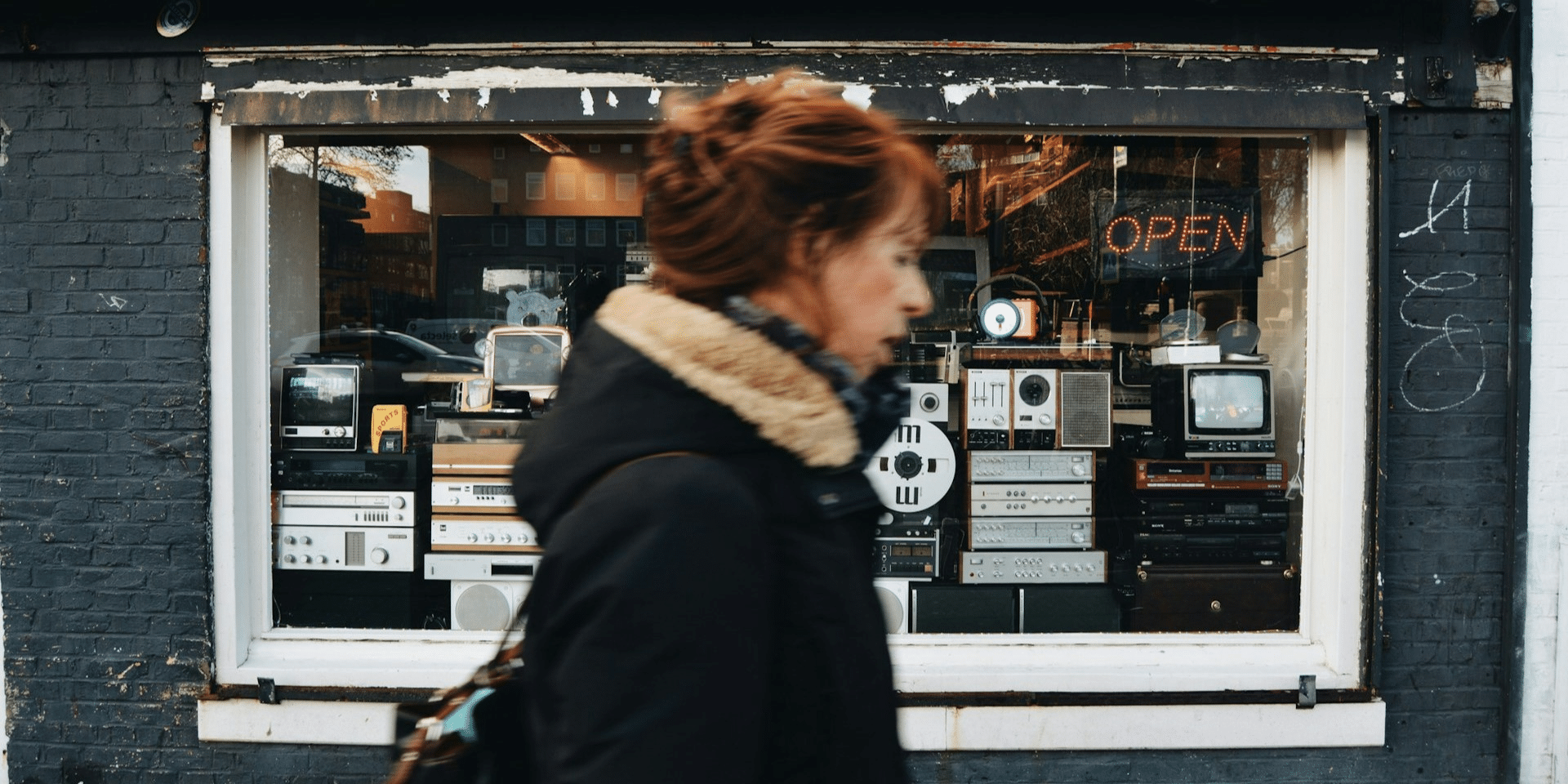Yellow traffic lights – they’re the source of much debate and confusion among drivers. Are they a signal to slow down or speed up? Should you stop or proceed with caution? In this article, we’ll unravel the mysteries of yellow lights in traffic signals, providing clarity on their purpose, significance, and how to respond when you encounter them on the road.
What Does a Yellow Traffic Light Mean?
First and foremost, it’s essential to understand the meaning of a yellow traffic light. In most jurisdictions, a yellow light is a warning that the signal is about to change from green to red. It serves as a transitional phase between the green and red lights, indicating that drivers should prepare to stop if it is safe to do so.
The Purpose of Yellow Lights
Yellow lights serve several important purposes in traffic signal systems:
1. Warning of an Impending Red Light
The primary purpose of a yellow light is to warn drivers that the signal is about to change to red. It provides drivers with an opportunity to slow down and prepare to stop safely before the intersection.
2. Allowing Time for Safe Stopping
Yellow lights also provide drivers with a brief window of time to safely come to a stop if they are unable to proceed through the intersection before the light turns red. This helps reduce the risk of collisions and ensures the orderly flow of traffic.
3. Preventing Sudden Stops
By alerting drivers to an impending signal change, yellow lights help prevent sudden stops at intersections, which can increase the risk of rear-end collisions. Instead, drivers can anticipate the light change and adjust their speed accordingly to stop safely.
How to Respond to a Yellow Traffic Light
When you encounter a yellow traffic light, it’s essential to know how to respond appropriately:
1. Prepare to Stop
As soon as you see a yellow light, begin to slow down and prepare to stop if it is safe to do so. Check your surroundings for other vehicles, pedestrians, or obstacles that may affect your ability to stop safely.
2. Assess Your Speed and Distance
Evaluate your speed and distance from the intersection to determine whether you can safely proceed through the intersection before the light turns red. If you are unable to stop safely before the intersection, proceed with caution and continue through the intersection.
3. Avoid Sudden Maneuvers
Avoid making sudden maneuvers such as slamming on the brakes or swerving to avoid stopping at a yellow light. These actions can increase the risk of accidents and endanger yourself and other road users.
4. Yield to Oncoming Traffic
If you are making a left turn at an intersection with a yellow light, yield to oncoming traffic and proceed through the intersection when it is safe to do so. Do not attempt to turn in front of oncoming traffic if you are unable to clear the intersection before the light turns red.
Common Misconceptions About Yellow Lights
Despite their straightforward purpose, yellow lights are often misunderstood by drivers. Here are some common misconceptions:
1. Speeding Up to Beat the Light
Some drivers mistakenly believe that they should speed up when they see a yellow light to avoid stopping. However, this can be dangerous and increase the risk of accidents, especially if the light changes to red before they can clear the intersection.
2. Treating Yellow as Green
Others may incorrectly assume that a yellow light is equivalent to a green light and proceed through the intersection without slowing down or stopping. However, this disregards the purpose of the yellow light as a warning of an impending red light.
Promoting Safety
Yellow lights in traffic signals serve as a warning that the signal is about to change from green to red. They provide drivers with an opportunity to slow down and prepare to stop safely before the intersection. By understanding the purpose of yellow lights and how to respond appropriately when encountering them on the road, drivers can help ensure the safety of themselves and others and promote the smooth flow of traffic.






